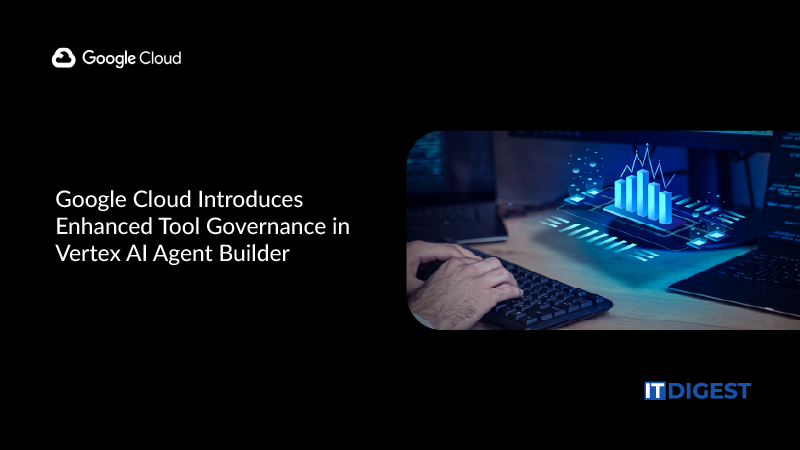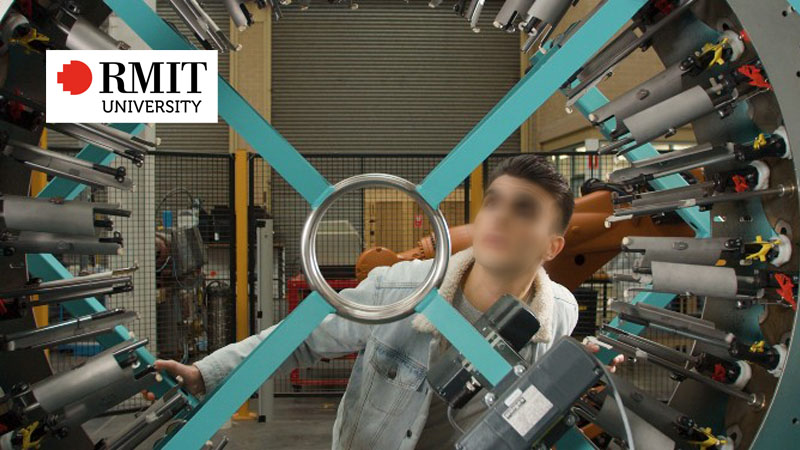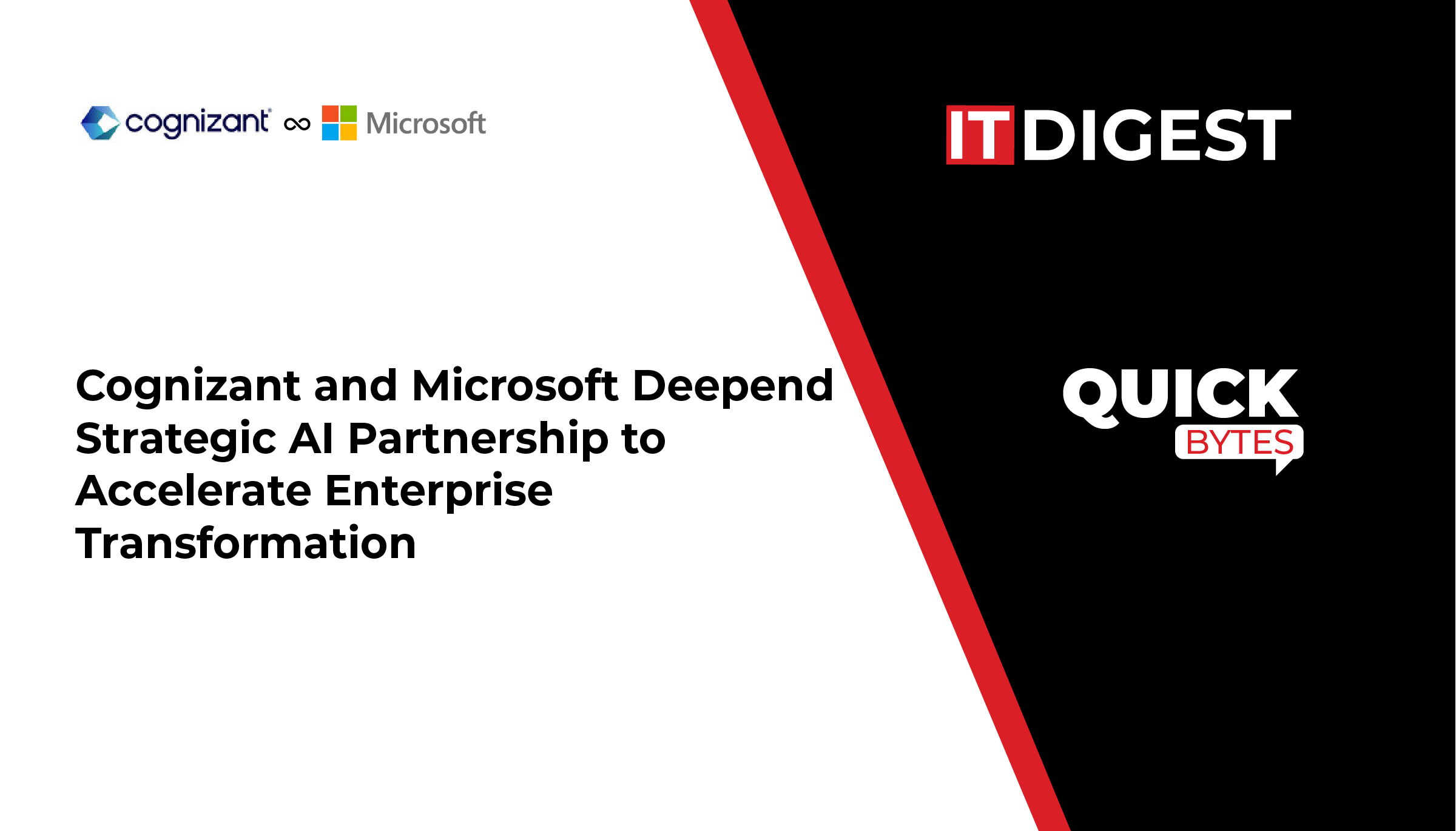Hewlett Packard Enterprise announces RMIT University had selected the HPE GreenLake edge-to-cloud platform to transform its storage capability to support major research opportunities, manage the increase in online learning, and strengthen the quality-of-service delivery to its student body.
RMIT is a global university with 95,000 students and close to 10,000 staff. Since the start of the pandemic, universities across Australia face ongoing challenges, including a shift to online learning, border closures limiting international student enrolments and impacts to university research and funding.
RMIT’s ambition is to act less as infrastructure managers and focus more on being value enablers for the student body. A large, legacy IT storage system has been obstructing the realization of this vision. Resulting in labor-intensive processes, costly maintenance bills to support legacy equipment and preventing RMIT from responding to surges in demand.
With HPE GreenLake, RMIT eliminates heavy upfront data storage costs and avoids expensive overprovisioning.
“The HPE GreenLake platform facilitates self-service agility allowing us to easily deploy resources, view costs and forecast capacity. We pay only for what we use when we use it, and scale to what we need when we need it,” said Sinan Erbay, CIO at RMIT.
“Before deploying HPE GreenLake we had ongoing monthly crisis meetings and faced limitations when valued research projects were offered to us. This was stressful,” Erbay explained.
The HPE GreenLake platform, along with HPE Data Storage solutions enables the university to overcome the limitations of the large legacy data storage environment. This provides agility when there are surges in demand for large research projects, enabling RMIT to easily accept major research opportunities and slash provision time for updates and new services from weeks to hours.
For RMIT, the total cost of ownership is better understood and better balanced, and the IT resource effort needed to manage and maintain service delivery was reduced by 50 per cent.

































